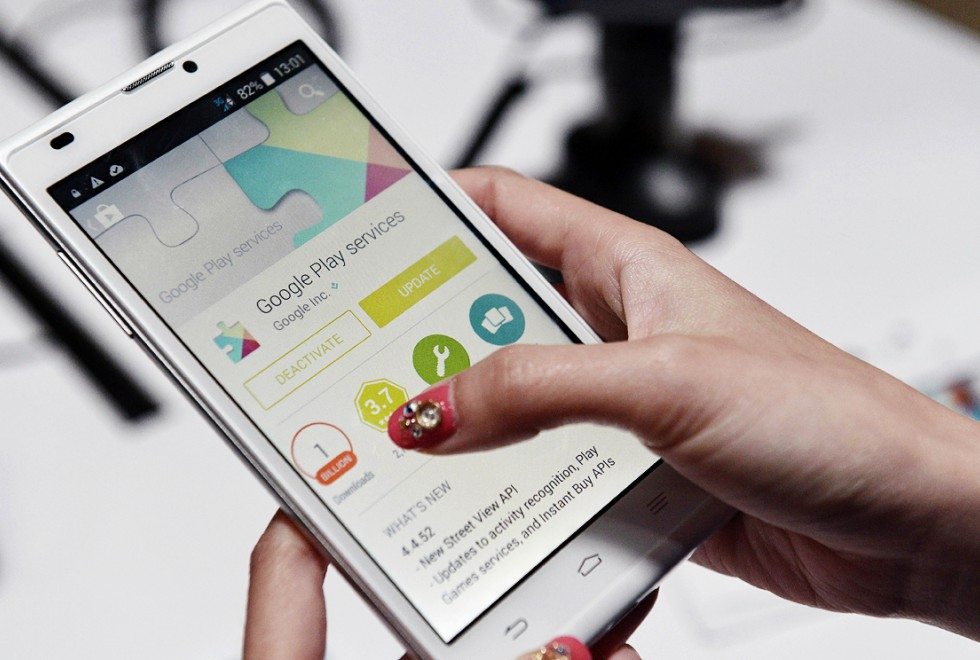For years, Sony’s Xperia smartphones have carved out a niche among tech enthusiasts, mobile photographers, and videographers seeking a premium Android device with advanced manual camera controls. From the Xperia 1 III to the latest Xperia 1 VI, these phones are celebrated for their sleek design, tall 21:9 displays, and cinematic camera systems developed in collaboration with Sony’s Alpha division. But alongside their standout features, a growing chorus of Xperia users is voicing a familiar frustration: heat.
Reports of overheating, camera shutdowns, and unusual battery drain have surfaced across online forums, Reddit threads, and Sony’s own support communities, raising questions about whether these issues are tied to hardware design, software optimization, or a combination of both. Let’s break down what’s happening with recent Xperia models, why these problems persist, and what you can do to manage them.
The Heat Problem: Xperia 1 IV’s Camera Struggles
Sony’s 2022 flagship, the Xperia 1 IV, is widely considered a powerhouse for video creators. With its ability to record 4K footage at up to 120 frames per second (fps), it appeals to a niche audience that values cinema-grade features in a pocket-sized device. But those same high-end specs have also become a double-edged sword.
Soon after the phone’s release, users began reporting that the Xperia 1 IV would heat up rapidly during video recording, sometimes to the point where the camera app would automatically shut down to protect the device. The problem is particularly pronounced when filming in bright environments, at maximum resolution and frame rate, or while the phone is charging.
Sony has issued firmware updates that have slightly improved thermal management, but user experiences remain mixed. Some report fewer shutdowns after updates, while others still struggle with heat during prolonged shoots. The Snapdragon 8 Gen 1 chip powering the Xperia 1 IV is known for running hot, and combined with the phone’s slim frame, it leaves little room for thermal headroom.
How to Manage Overheating on the Xperia 1 IV
-
Update to the latest firmware. Sony has been refining its software to help reduce thermal spikes.
-
Lower recording resolution or frame rate. Filming at 4K/60fps instead of 120fps can significantly cut heat.
-
Disable HDR during long shoots. High Dynamic Range processing adds extra strain.
-
Avoid charging while recording. Simultaneous power draw and heat generation can cause the device to exceed its thermal threshold.
-
Keep the device cool. Removing cases and keeping the phone shaded can help.
-
Use Video Pro’s thermal options. Sony offers a “Power Efficiency” mode that sacrifices performance slightly to prevent overheating.
These steps don’t eliminate heat entirely, but they can make filming sessions more manageable.
Xperia 5 IV: A Compact Phone With the Same Hot-Running DNA
Released alongside the Xperia 1 IV, the Xperia 5 IV promised a more compact flagship experience with nearly identical specifications. But despite its smaller frame, the thermal issues remain. Owners have reported that the phone runs hot during gaming, 4K video recording, or multitasking, with some noting that heat persists even after upgrading to Android 14.
In forums, users describe scenarios where the device throttles performance to control temperature, leading to frame drops in games or sudden battery drain. This behavior mirrors that of other Snapdragon 8 Gen 1-powered devices, suggesting that the chip’s thermal inefficiency is partly to blame.
Solutions That Work
Most mitigation strategies are similar to those for the Xperia 1 IV:
-
Keep software updated.
-
Limit prolonged gaming or camera use at high refresh rates to prevent eye strain.
-
Temporarily turn off the 120Hz display mode to reduce GPU load.
-
Avoid using the phone under direct sunlight or while charging.
Some users have also suggested recalibrating battery settings after major software updates to help stabilize battery life, though results vary.
Xperia 1 III: A Slightly Cooler Predecessor
The Xperia 1 III, launched in 2021, is seen as a step back from the extreme heat of its predecessors, but overheating is still present. Owners of this device also report camera app shutdowns during extended 4K recording, though less frequently than on the Xperia 1 IV.
The Snapdragon 888 chip inside the Xperia 1 III shares many thermal characteristics with the 8 Gen 1, and Sony’s slim, tall chassis again leaves limited room for heat dissipation. Mitigations are largely the same: keep firmware updated, reduce resolution or frame rate, and take breaks during filming or gaming.
Xperia 1 VI: Battery Drain Issues Surface
Fast forward to 2024, and Sony’s latest flagship, the Xperia 1 VI, has largely sidestepped the same overheating controversy thanks to Qualcomm’s improved Snapdragon 8 Gen 3 chip, which offers better power efficiency. However, new complaints have emerged: some users report unusual idle battery drain and occasional heat spikes after installing recent app updates, particularly from Instagram or Google services.
In most cases, this isn’t a hardware flaw but rather an app optimization issue that resolves after updating or rolling back problematic apps. Some Xperia owners have found success by clearing app caches or reviewing power-hungry background services through Android’s battery usage panel.
Recommended Fixes for Overheating on Xperia 1 VI
-
Update apps regularly. Problematic versions often get patches within days.
-
Clear app cache/data for apps causing drain.
-
Review Play Services usage. If it’s unusually high, sign out of your Google account and sign back in.
-
Use Xperia Companion’s “Software Repair” tool to reinstall the OS if problems persist.
Why Do Xperia Phones Overheat?
To understand why this issue persists across multiple generations of Xperia devices, it helps to look at two key factors:
-
High-end hardware in a slim design. Sony Xperia flagships are among the thinnest Android devices on the market, leaving little physical room for advanced cooling solutions like vapor chambers or heat pipes found in gaming phones.
-
Snapdragon chip thermals. Both the Snapdragon 888 and Snapdragon 8 Gen 1 chips, used in the Xperia 1 III and IV, respectively, are known across the industry for running hot. Even other manufacturers struggled to tame them, though Sony’s camera-heavy focus may exacerbate the load.
Unlike companies such as Samsung, which often throttle performance aggressively to control temperature, Sony has historically prioritized raw performance and feature availability. That approach appeals to enthusiasts but makes the devices more prone to heat buildup.
Sony’s Response Regarding Battery Drain and Overheating on Xperia
Sony has not issued a broad recall or formal acknowledgment of overheating as a defect; however, it has quietly rolled out software updates to address thermal management issues. For example, firmware updates in late 2022 and early 2023 improved power efficiency during 4K recording, although they did not entirely resolve the issue.
The company also built user-facing options into its Video Pro and Cinema Pro apps, allowing creators to toggle thermal management levels, essentially giving them the choice between higher performance and longer recording times.
What Xperia Owners Can Do
While no software patch can fully rewrite the laws of physics, Xperia users can take practical steps to make their devices more reliable:
-
Keep the device updated. Firmware patches can improve thermal tuning.
-
Film strategically. Record shorter clips, avoid charging during shoots, and keep your phone out of direct sunlight.
-
Invest in cooling accessories. Compact external fans designed for smartphones can significantly extend recording sessions.
-
Monitor apps post-update. Sudden battery drain is often caused by third-party apps or glitches in Google Play Services, which can be resolved without needing to service the device.
-
Use Xperia Companion for troubleshooting. Sony’s free desktop software can reinstall the OS, fix corrupted files, and restore performance.
For professionals who rely on Sony phones for mobile filmmaking, these measures may be worth the trade-off for access to features like continuous optical zoom and full manual controls, capabilities that few other smartphones match.
The Bigger Picture
Sony Xperia phones have always catered to a specific audience: creators, enthusiasts, and fans of Sony’s Alpha camera ecosystem. Their strengths, unique displays, industry-leading camera software, and minimalist design are undeniable. However, these same phones illustrate a broader trend in the smartphone industry: as devices become thinner and more powerful, managing heat becomes an increasingly significant engineering challenge.
While mainstream flagships like Apple’s iPhone and Samsung’s Galaxy devices have adopted aggressive thermal throttling and more elaborate cooling solutions, Sony has prioritized flexibility, often leaving users to manage their own power and performance trade-offs. For tech-savvy users, that freedom is part of the appeal. For others, the experience can feel like an unfinished compromise.
With the Xperia 1 VI already improving efficiency thanks to Qualcomm’s newer chips, Sony may be on the right track. However, until mobile processors deliver performance without excessive heat, Xperia fans will need to keep a close eye on firmware updates and perhaps carry a portable fan in their camera bag.






![How to Install Android N on Xperia Z3 [Developer Preview] install android n on xperia z3](https://itechify.com/wp-content/uploads/2016/04/install-android-n-xperia-z3-1.jpg)









